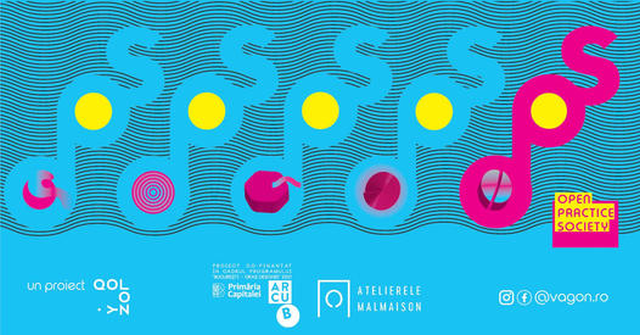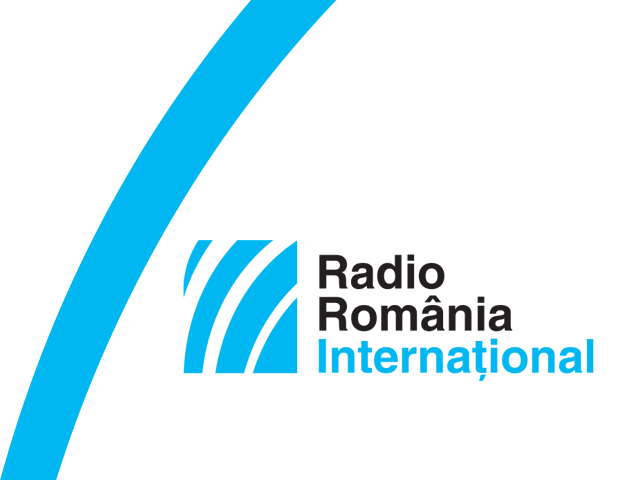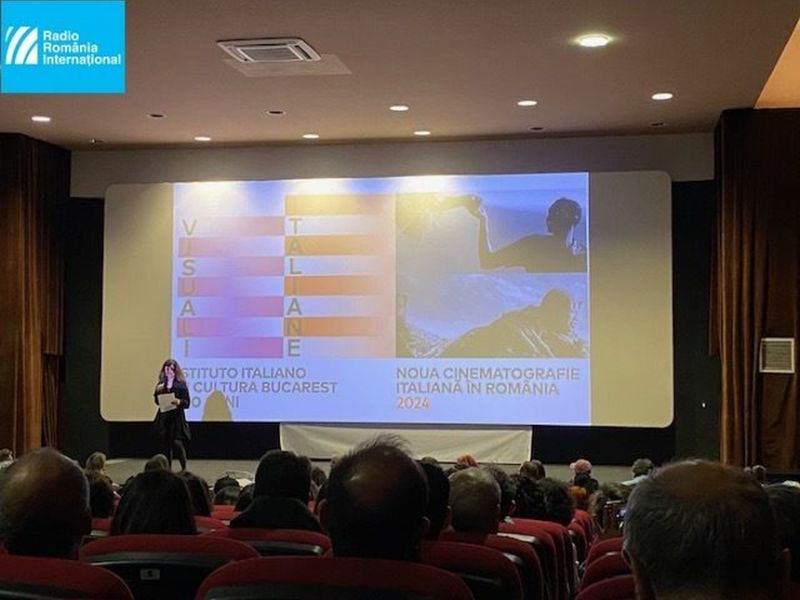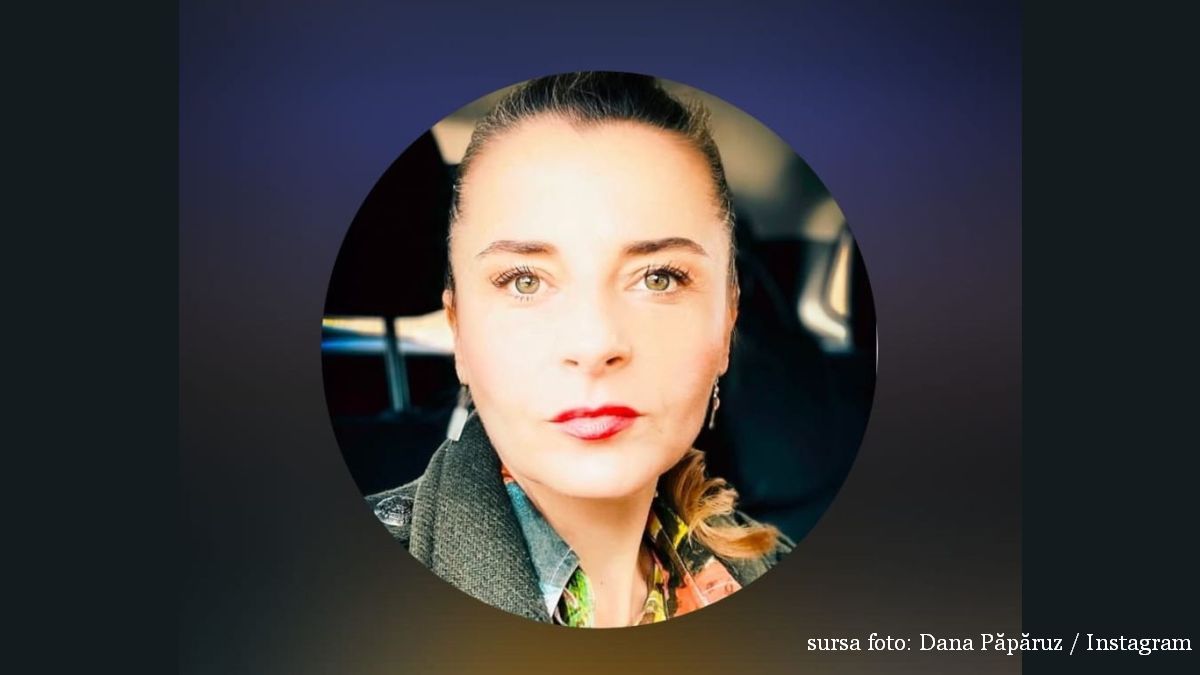Art and technology merging in a very interesting project
The Open Practice Society

Corina Sabău, 23.10.2021, 02:00
The Open Practice Society is
a project run by the Qolony Association – The Colony for Art and Sciences.
Qolony is financed by Bucharest Municipality, through ARCUB. The Open Practice
Society supports the infrastructure and the development of the Malmaison
Workshops. Also, the project facilitates the access of the public to the
initiatives of this community of active support for the young artists. 177-year
old Malmaison building, initially an army barracks, has a highly relevant
historical significance. In time,
Malmaison was an Officers Army School and a military tribunal. Also, it was a
prison during the Antonescu regime, as well as an investigation and detention
centre in the early days of the communist regime. The Malmaison Workshops seek
to put the building back on track, making it a landmark of the city’s living
circuit. The project inaugurates a new stage in the long history of the
building.
As present, the Malmaison
Workshops in Bucharest are an artistic community and a space jointly shared by
artists, workshops, projection areas and galleries. Open Practice Society equally
targets the artistic community, the new, up-and-coming generation of artists
and the lay public in Bucharest. Through the talks given by prominent cultural
personalities, artists of an international standing, a curator and a gallery
owner, One Practice Society is set to provide an alternative to the mainstream
educational curricula, offering pupils and students aged 16 to 20 the
opportunity to work with internationally -acclaimed artists. With details on
that, here is a member of the Qolony Association and a broadcast journalist
with Radio Romania’s Culture Channel, Mihaela Ghiță.
We have
dispatched the information which is helpful for the youngsters, we have
dispatched it in high schools, the Nicolae Tonitza Fine Arts High School,
the Fine Arts University in Bucharest, the Saint Sava National College, the Octav
Onicescu National College, and when the project was launched, a teacher
attended the event, based with the Saint Sava National College. We seek to make
our project known in all categories of milieus which include pupils and
students who may want to develop artistic projects. We lay emphasis on that
kind of practice, on the alternative practice which is not taught in schools,
but which is part of the experience of the artists who got involved in that. What
we’re doing right now is some sort of groundbreaking operation, that is we try
to make room for ourselves in that particular filed of education with a new
style, with a new system, which is off the beaten track, less conservative,
which implies learning by doing, that is learning and doing, letting imagination
and creativity work at full scale. We shouldn’t forget that today’s art is
assisted by technology and by alternative issues which are close to science
rather than artistic mastery. That is why there is a need for this visual
education, for his artistic education of the youngsters, given that art will
have a different form, a different manner of expression. It is normal for it to
change, the world, as we speak, is a different one as compared to what it was
100 years ago, it is different even as compared to what it was 50 years ago, it
even is different from what it used to be 2 years ago. And such changes are
increasingly generated by our interaction with the online environment.
The Open Practice Society includes
mentoring and practical work sessions carried with 9 youngsters, shortlisted
following the call for registration. They are divided in three teams made of
three members each. Each group is coordinated by one of the artists, and,
enjoying the support of the curator and of the gallery owner, work on the premises at the
Malmaison Workshops to develop artistic work, aimed at enhancing their
practical abilities.
Mihaela Ghita:
There are
three mentor artists, Sabina Suru, working with holography, Floriama Cândea, a
bio artist and one of the artists involved in the Fusion Air project and Larisa
Crunțeanu, specializing in sound and working on the borderline between video
and performance. So we offer a wide enough range for the youngsters who want to
learn and try their hand in the artistic field. Earlier, I mentioned Sabina
Suru, who is interested in alternative photography and I should like to say that
she had a very complex exhibition this summer, and exhibition of dance and
holography. As for Floriama Cândea, she is a bio-artist working in living
matter. In Fusion Air, an artists’ residences project we ran this year, Floriama
Cândea tried some experiments with the researchers based with the a National
Institute of Materials Physics. There are quite a few projects artists have
been trying to promote. Contemporary art, science-assisted art rather targets
the mind and poses problems, triggers emotions and doesn’t leave you
indifferent. Such a work of art that does not necessarily have the painting
mastery of an artist is truly capable of raising ethical concerns.
Qolony is a non-profit
organization generating connections between art, science and technology. Qolony
acts like a bridge between professionals in those fields. Set up in 2019,
Qolony is based on the conviction of its founders, Mihaela Ghiță, Sabina Suru and
Floriama Cîndea, whereby the trans-disciplinary practices are the cornerstone
of the development of innovative ideas. Qolony supports and stages such events
as exhibitions, conferences, production projects, discussions between artists
and scientists, as well as artists’ residences, structured around scientific
research and artistic creation.
(Translation by Eugen Nasta)





























